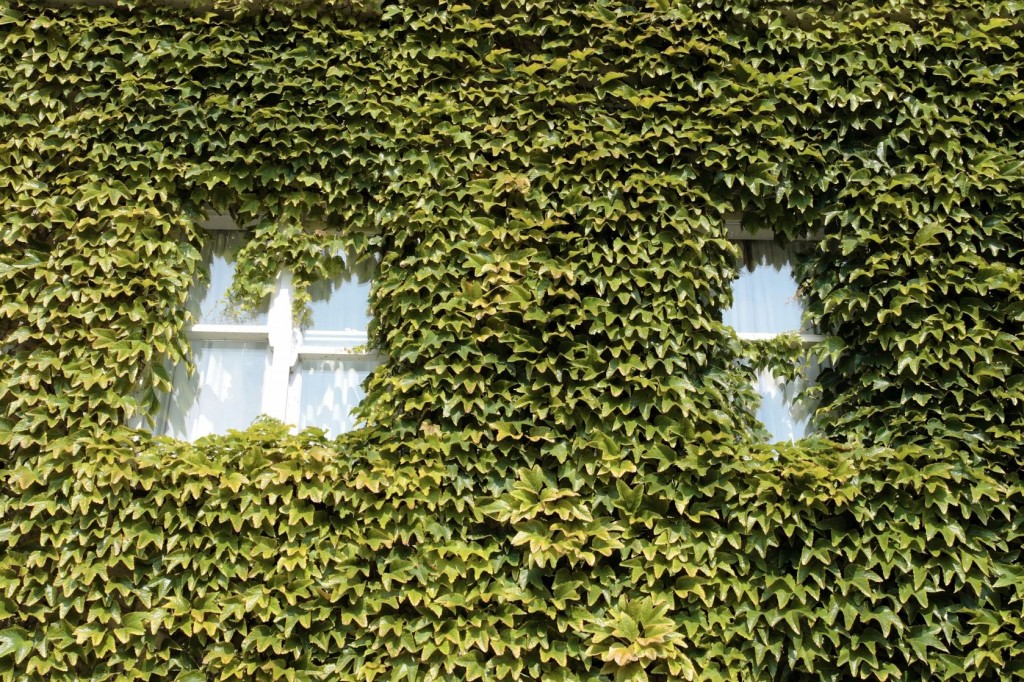When someone utters the term “Ivy League”, images of Harvard scholars and Yale alumni strolling across a leaf-covered campus in the autumn immediately come to mind. (Okay, at least to my mind.) But for the most part, people know what the Ivy League is. But do they know what it represents or where it stems from? As a Harvard legacy (a legacy is one whose parent or relative attended an educational institution before them) I grew up in a house where Ivy League talk was frequent and my father’s friends consisted of Yale professors and university faculty. In order to understand the origins of the Ivy League and what it constitutes, I decided to dig a little deeper.
The Ivy League is a group of eight universities/colleges in the eastern part of the United States that are of high academic ranking and have social prestige. The schools listed under this bracket are: Harvard, Yale, Princeton, Columbia, Dartmouth, Cornell, Brown and the University of Pennsylvania. The term “Ivy League” was originally (and still is) a collegiate athletic conference that consisted of sorts teams from these eight institutions, and it became an official term after the NCAA Division/athletic conference in 1954. No longer just an athletic term, it also represents the educational philosophy of the nation’s oldest schools.
All of the listed colleges (aside from Cornell) were founded during the United States colonial period, while Cornell was founded in 1865. The Ivy League schools are considered the most prestigious educational institutions in the world and place within the top twenty university rankings consistently every year.
In regards to the origins of the actual name, there was a ritual known as “planting the ivy” that was a traditional class day ceremony at many universities in the 1800s, and students revered the ivied walls of the colleges. Schools such as Yale host formal ivy planting ceremonies in the spring. New York Tribune sportswriter Caswell Adams also coined the term when he disparagingly referred to Princeton and Columbia University as “only Ivy League” in reference to a Fordham University football game, where Fordham was compared to the above mentioned schools. The Ivy League schools are often referred to as the “Ancient Eight” or the Ivies.
“Ivy League” is often used as a way to refer to members of an elite class or an upper crest of society. The admission to these schools tends to be much more selective, with Harvard only accepting 5.8 percent of applicants annually. The general acceptance rates for the schools range from six to 16 percent. While the overall view of the schools is positive, there are stereotypes. Perhaps one of the most memorable of them all was a description by columnist Russell Baker, who tried to differentiate between Harvard and Yale, saying, “ All they know is that both are full of rich, fancy, stuck-up and possibly dangerous intellectuals who never sit down to supper in their undershirt no matter how hot the weather gets.”
But then again, if you were offered admission to Harvard or Yale, would you turn the opportunity down?




-300x169.jpg)












